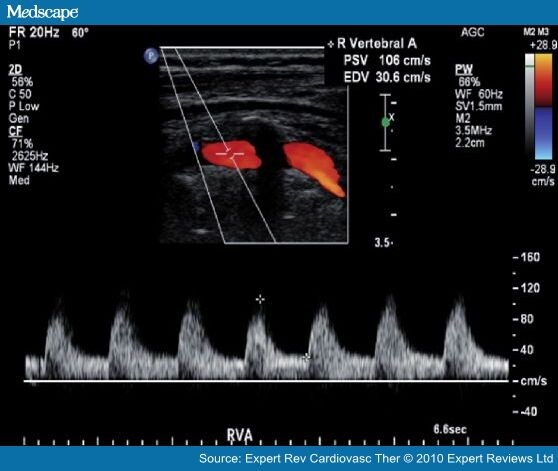
Here are different types of arterial system of human body.
Pulmonary arteries Systemic arteries The Aorta Arterioles Arterioles and blood pressure 6. Capillaries Functions Now we will see the functions of these parts of arterial system in detail.Pulmonary arteries
It is a large artery which comes from the superior surface of right ventricle and it carries the deoxygenated blood from the heart to the lungs. It has a unique property that it has exception from the rule that the arteries contain oxygenated blood from the heart to the all remaining parts of body. It exchanges the carbon dioxide with oxygen in lungs.Systemic arteries
Systemic arteries are an important part of arterial system which can be subdivided into 2 types. Muscular Arteries Elastic Arteries In their tunica media, according to their relative compositions of elastic and muscular arteries, as well as their size and the makeup of internal and external elastic lamina, the large arteries are elastic while small arteries are muscular. These systematic arteries provide blood to the arterioles and after that provides blood to capillaries where nutrients and gases are exchanged.The Aorta
It is the largest artery of the body. It arises from the left ventricle of the heart and goes up a little. After arising it bends over then it descends through 2 parts of the body, Chest and Abdomen and where it ends it divides into 2 arteries which are called Common Iliac Arteries These iliac arteries then go towards the legs. Traditionally the aorta is divided into the ascending aorta and descending aorta. The descending aorta then divides into thoracic aorta and the abdominal aorta. The very first branches of aorta are coronary arteries which supply blood to the heart muscles. After that come the brachiocephalic artery, the left common carotid and the left subclavian arteries.Arterioles
These are the smallest part of arteries which by the contraction of smooth muscles of their walls, help to regulate the blood pressure. The arterioles also provide blood to the capillaries.Arterioles and blood pressure
When arteries go towards the other parts of body from the heart they get smaller. When they reach at one point by decreasing in size they are called arterioles. Theses are strong and have relatively thick walls in size. These contain a high percentage of smooth muscles. These are very important because as a group they are the most regulated blood vessels in the body. They mostly overall contribute in blood pressure. When blood flow speed up and speed down these constantly changes their size. Capillaries It is located within the tissues of the body which transport blood from arteries to the veins and extremely small body vessel. Capillaries play very significant role in microcirculation. Microcirculation is a process in which blood is transferred from heart to arteries, smaller arteries, capillaries, venules, veins and then back to heart. Works of capillaries 1. In the kidneys, wastes are released to be eliminated from the body. 2. In the tissues, oxygen and carbon dioxide and nutrients and wastes are exchanged. 3. In the lungs, carbon dioxide is exchanged for oxygen. 4. In the intestine, nutrients are picked up, and wastes released.www.arterialsystem.com

No comments:
Post a Comment